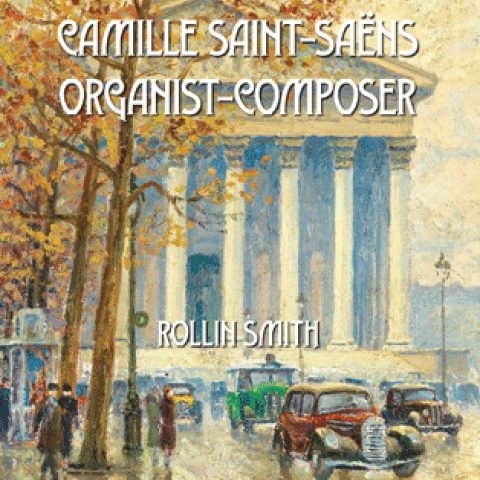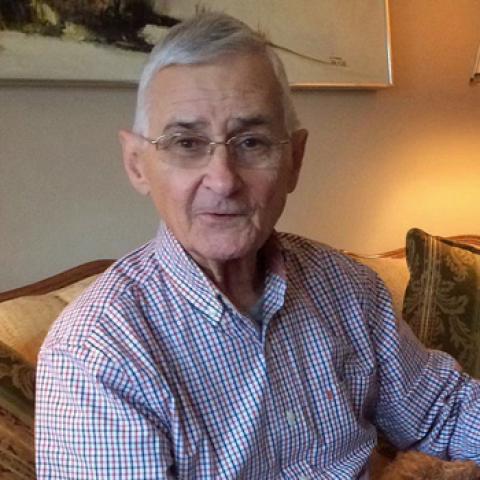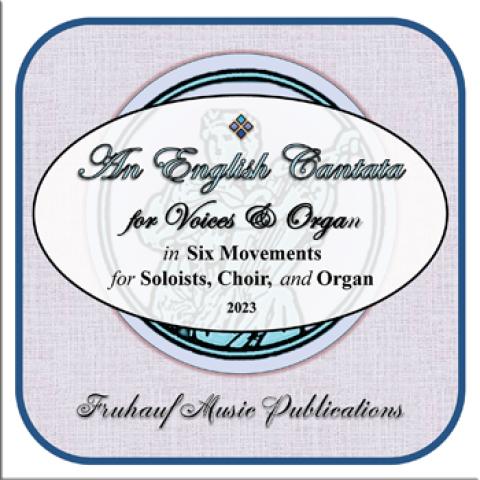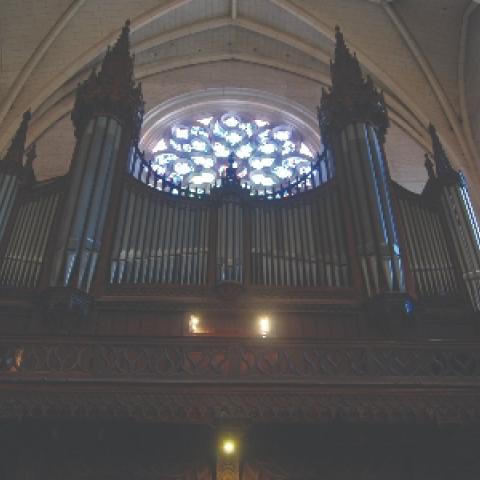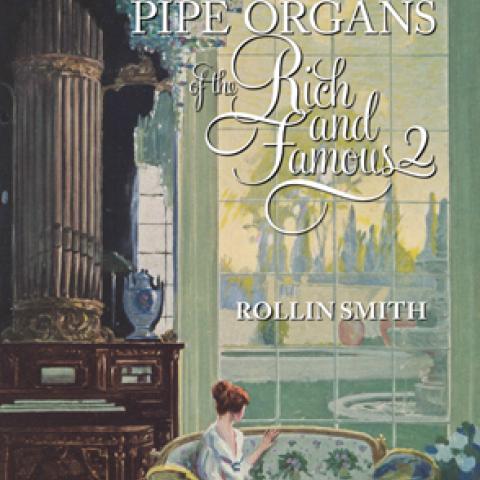
The Organ Historical Society announces a new book from OHS Press, Voices of French Organists’ Experience ($44.95), by John Near and Rollin Smith, which details in 375 pages the era that the French organ school was conceived and established. In their own words, 19 luminaries of French organ music describe their personal experiences in 40 articles on the organ and in biographical essays on each other.
The authors include Charles-Marie Widor, Gabriel Fauré, Charles Tournemire, André Marchal, Camille Saint-Saëns, Marcel Dupré, Joseph Bonnet, Nadia Boulanger, Maurice Duruflé, Olivier Messiaen, Jean Langlais, and Norbert Dufourcq.
For information: ohscatalog.org.
Other recent publications:

